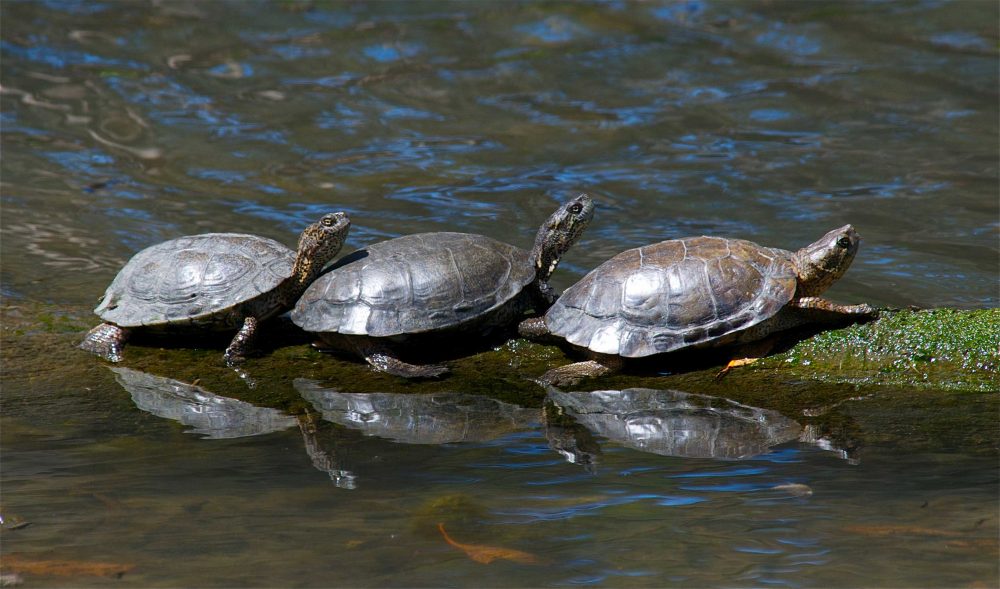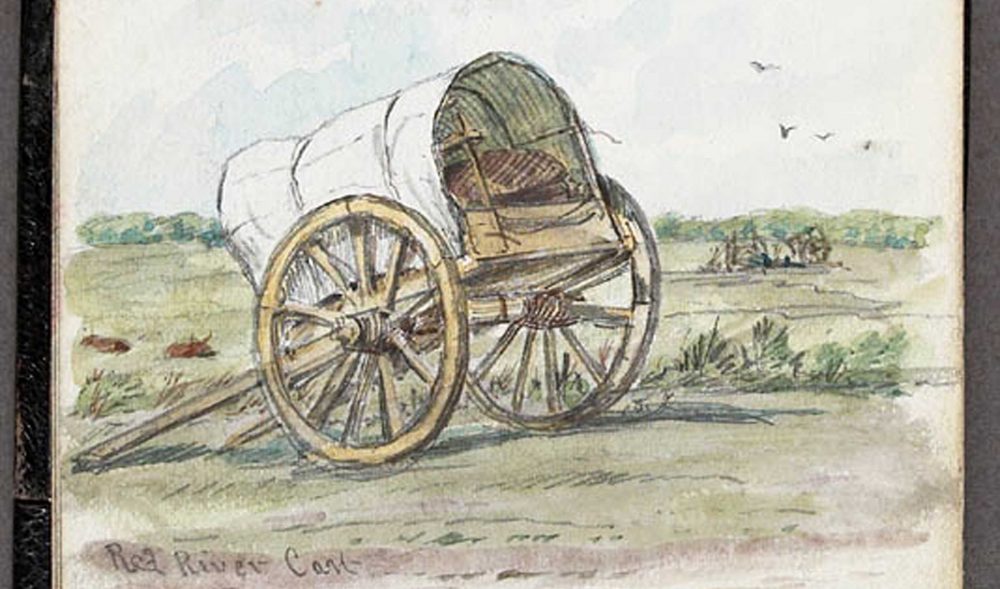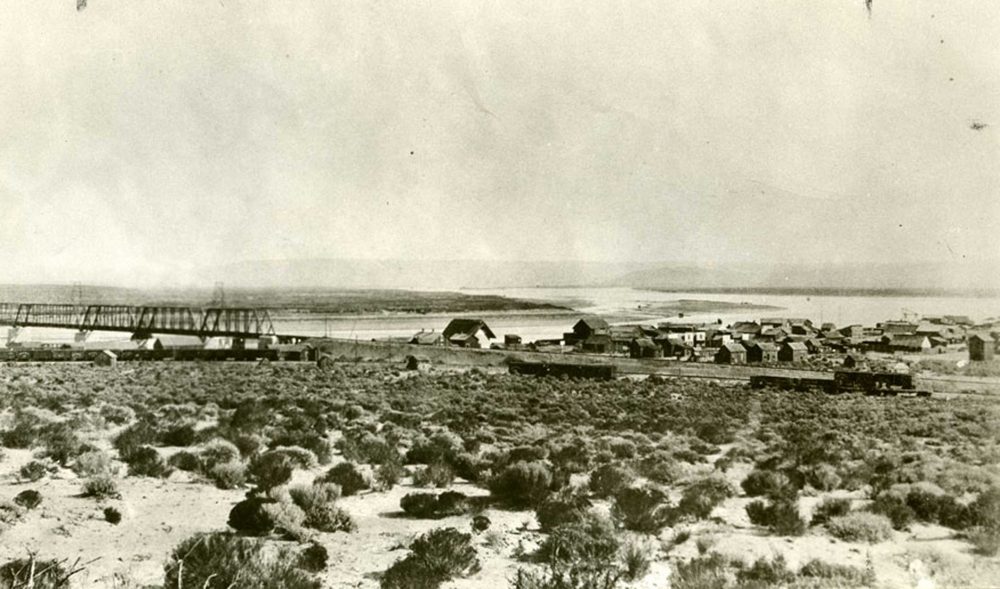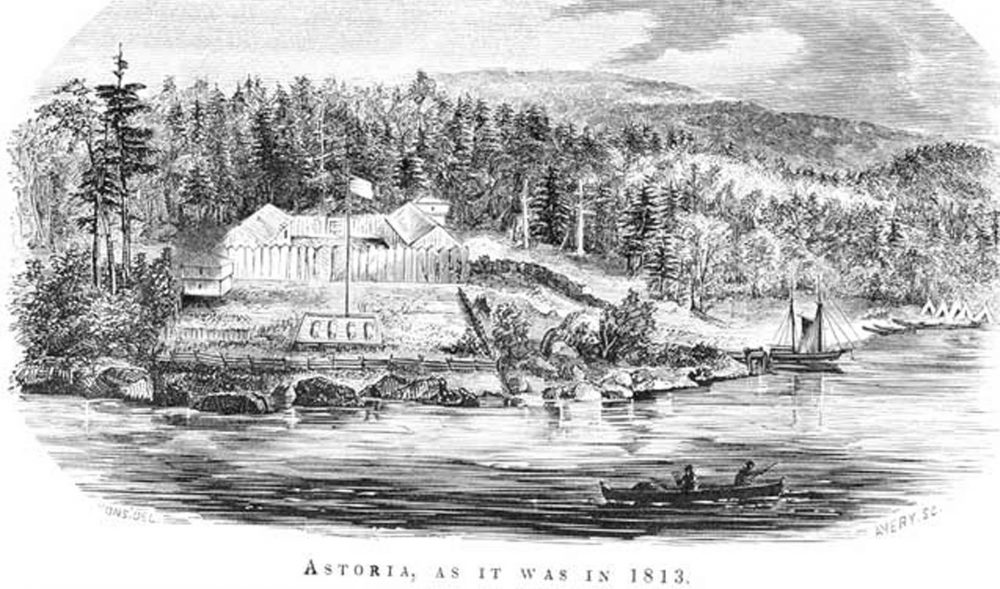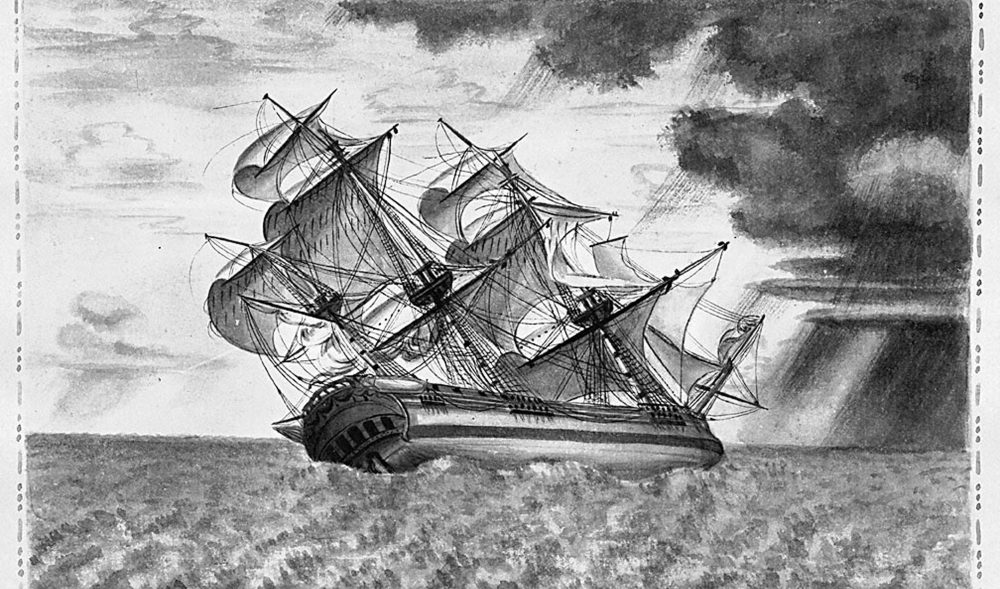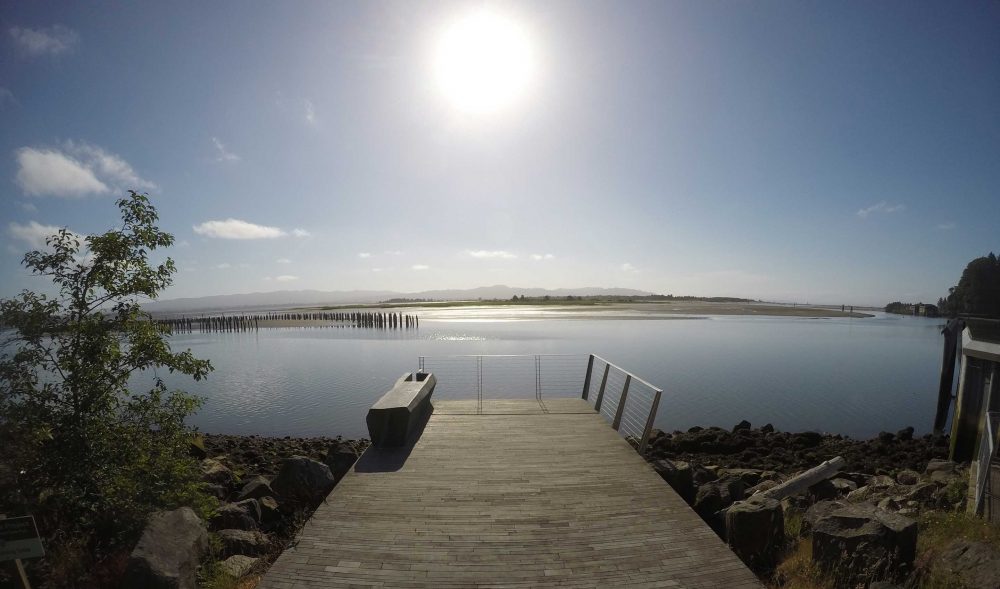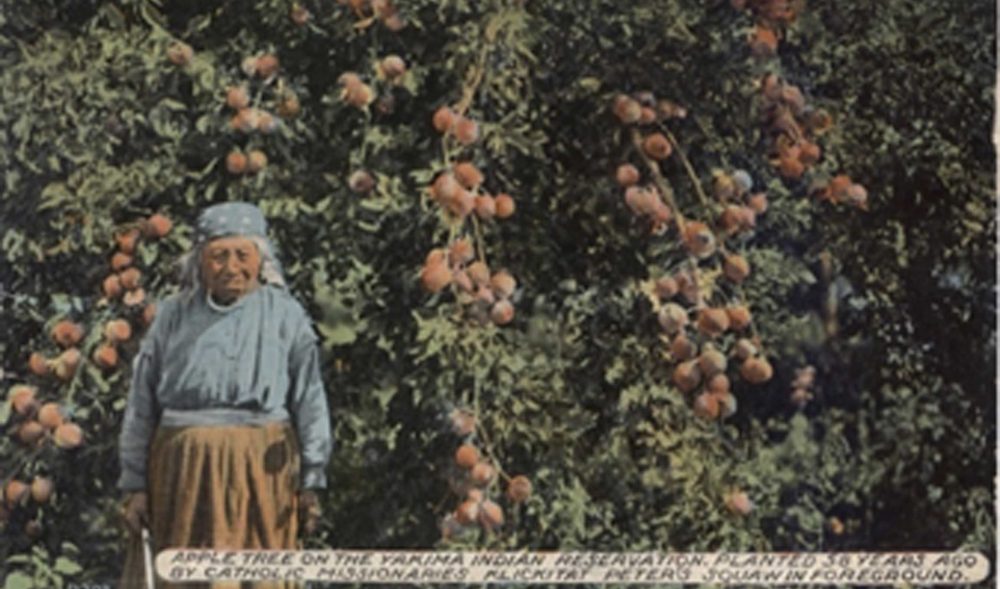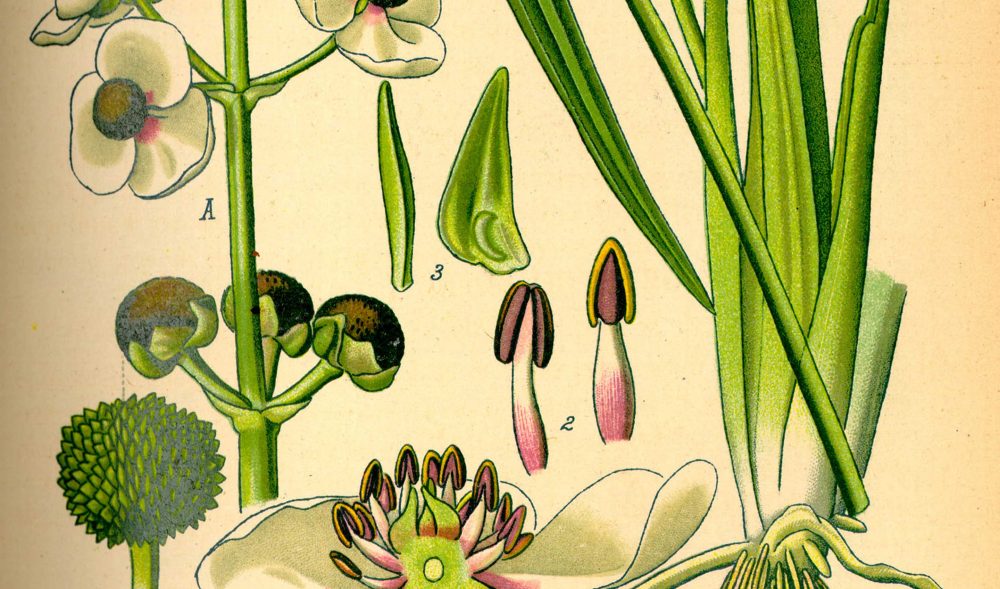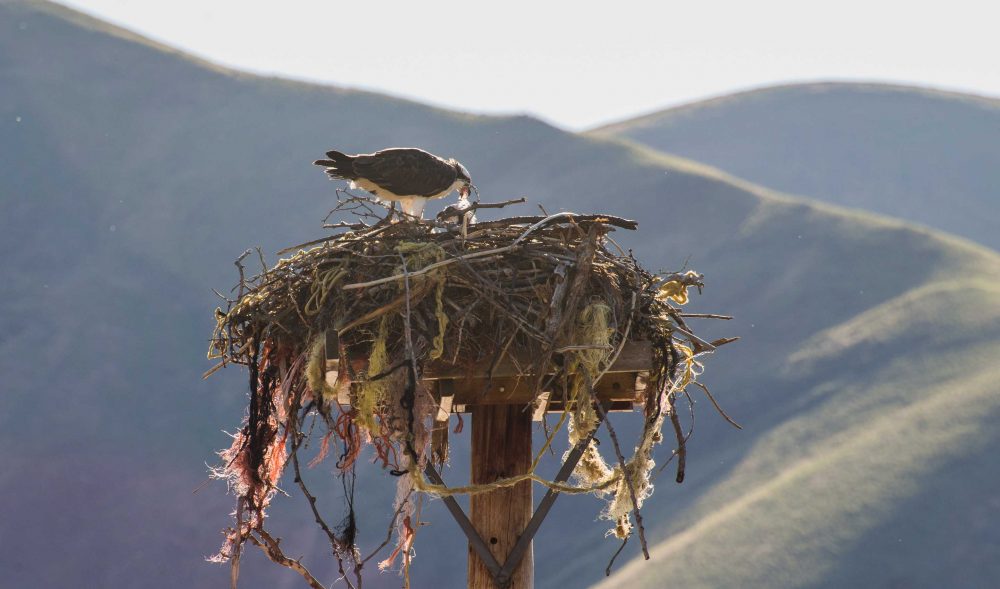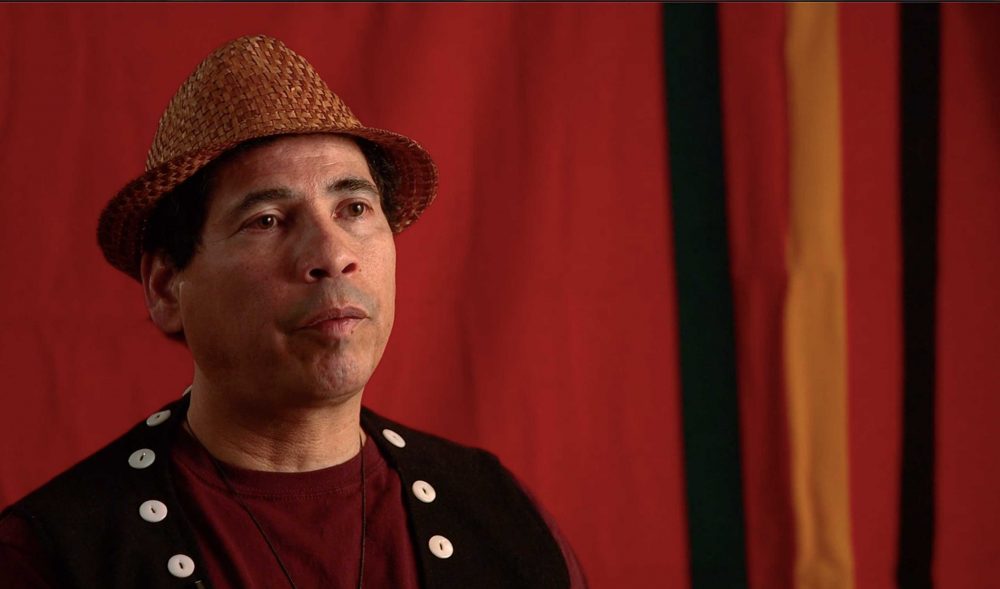Confluence Library
The Chinookan and Klickitat words for the area now near the Confluence Land Bridge mean “land of the mud turtles.” Both the Western Pond (Mud) Turtle and the Burrowing Owl have disappeared from their native habitats.
Some of the earliest pioneers to Fort Vancouver, the Metis are French-Native American individuals. Although Metis were brought to Fort Vancouver on false promises, they found success for themselves in their new home.
The town of Ainsworth, Washington sat at the confluence of the Snake and Columbia Rivers and was home to a bustling work town after the end of the “Indian Question.” However, it disappeared in favor of nearby Pasco.
A variety of contesting claims were made for the Columbia River in the 19th century by explorers from Britain, the United States, and others. Missionaries, scientists, and explorers alike flocked to this “new land.”
In 1791/2 Captain Robert Gray became the first European to sail the Columbia River, entering at Cape Disappointment to trade with local Chinook. Lewis and Clark visited in 1805 and found the Chinook ready to trade.
Cape Disappointment was explored many times in the 18th century but did not show a river, contrary to Spanish explorer de Heceta’s claims. Nehalem legend tells how Tal-a-Pus made the Pacific Ocean wave-beaten and stormy.
The cultivation of apples and other orchard fruit at Fort Vancouver was highly successful, expanding to a third site at Fort Simcoe. The Nez Perce and Yakama quickly took to the crop, finding it productive and valuable.
Wapato are a wetland tuber which were a part of Native diet. Though consumption of wapato ceased after land cultivation by white farmers, wapato are being reintroduced to the Yakama diet. Notes on cooking and edibility.
Chief Timothy Park, in Washington, is on an island off the Snake River. Chief Timothy Park is close to Lower Granite Dam, which has a fish ladder. The park is home to a Confluence “Listening Circle” amphitheater.
Greg Archuleta is Clackamas Chinook, Santiam Kalapuya, and Shasta, and a member of the Confederated Tribes of Grand Ronde. As an artist and lifeways educator, he teaches about the culture and history of the tribes of Western Oregon.

